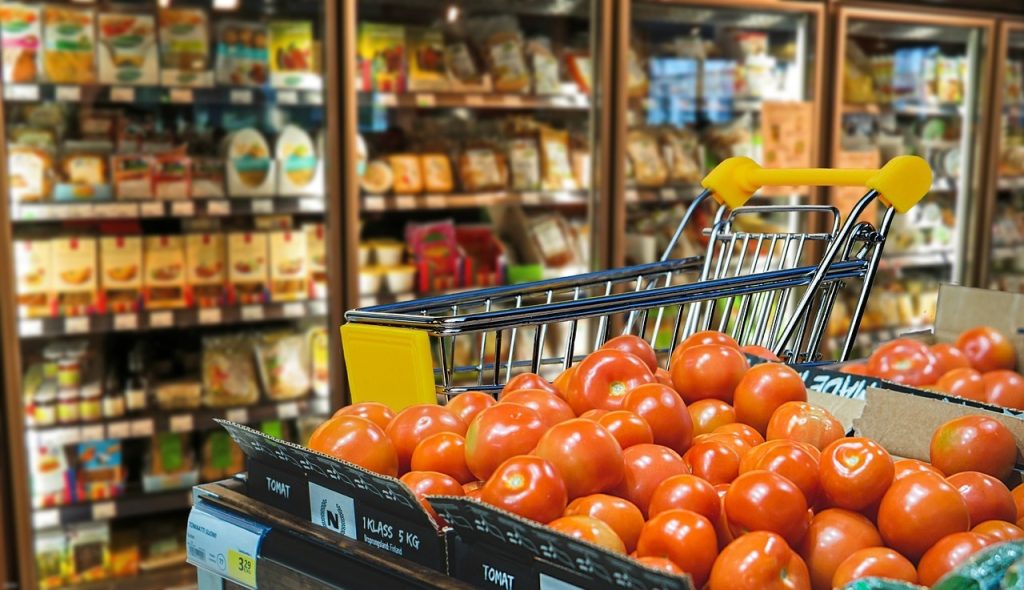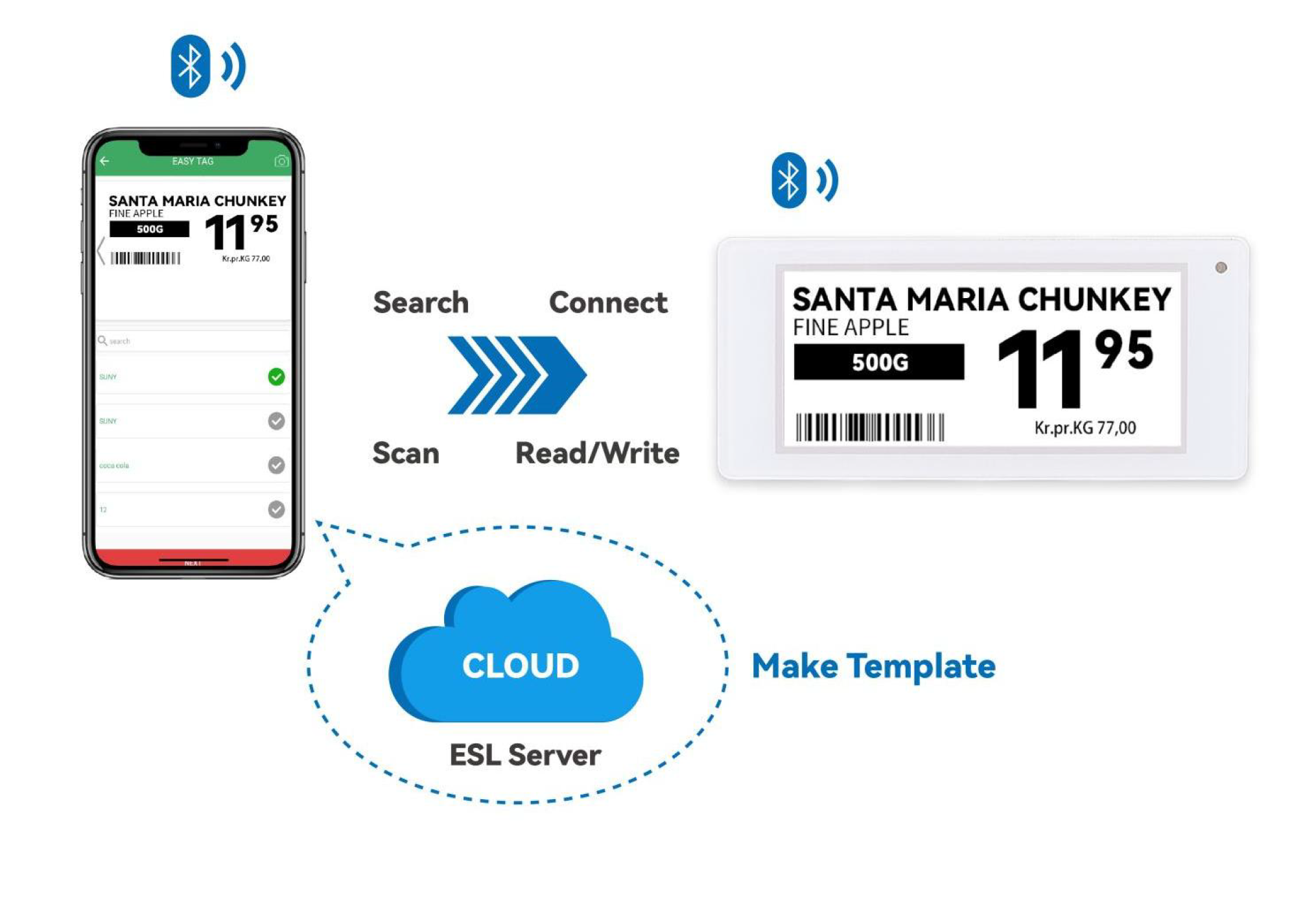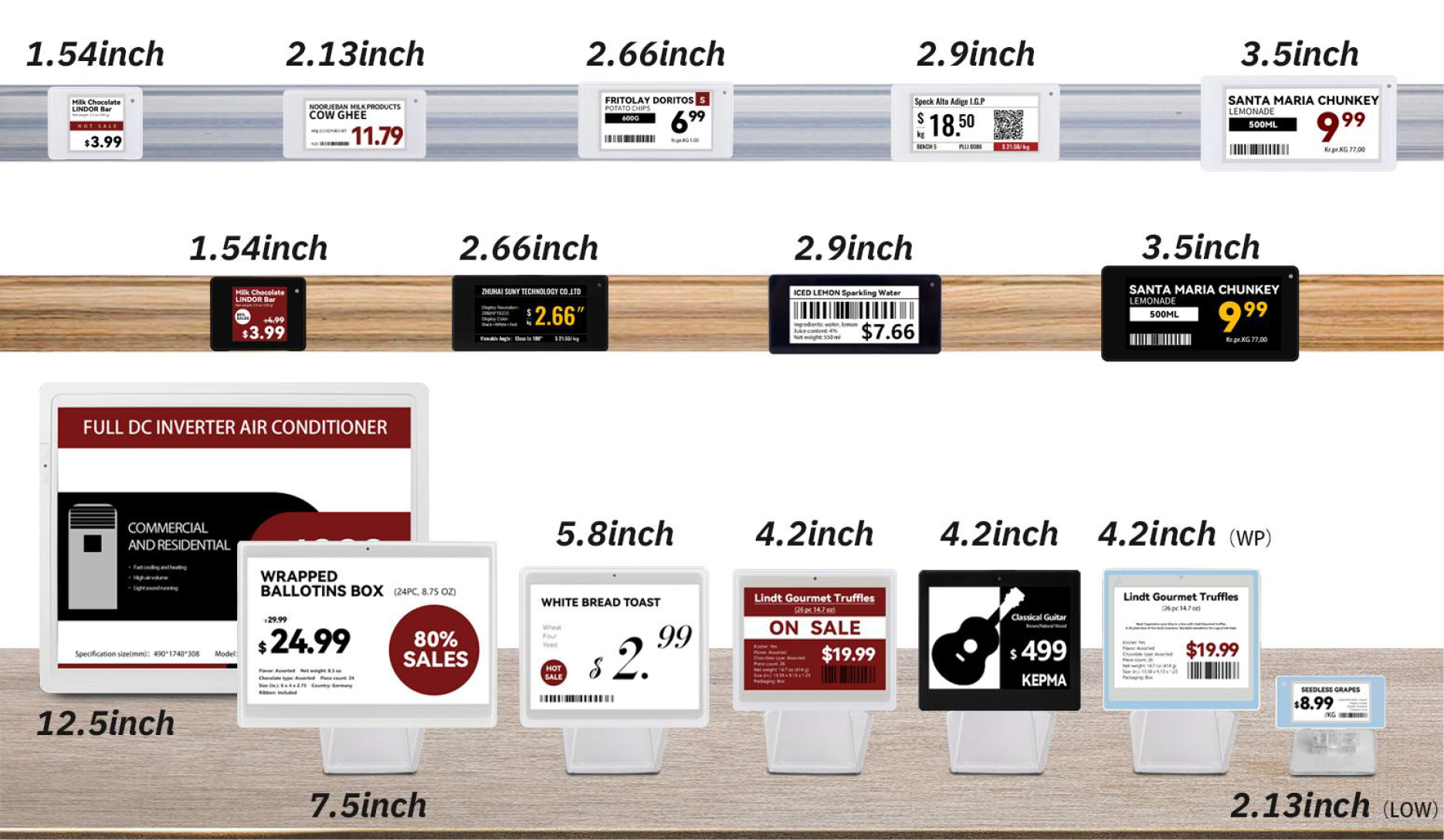In the ever-evolving retail landscape, efficiency and accuracy are crucial for success. Traditional paper labels have long been the standard for displaying product prices and information on store shelves. However, the introduction of Electronic Shelf Labels (ESLs) is transforming how retailers manage their shelf displays. ESLs offer numerous advantages over traditional paper labels, making them an increasingly preferred choice. Let’s explore the various benefits of ESLs.
1. Instant Price Updates
One of the most significant benefits of ESLs is the ability to update prices instantly. Traditional paper labels require manual changes, which can be time-consuming and error-prone. ESLs allow retailers to update prices across all stores from a central system in real-time. This ensures price consistency and enables quick adjustments in response to market changes, promotions, or inventory levels.
2. Enhanced Customer Experience
ESLs contribute to a better shopping experience for customers. Accurate and up-to-date pricing information reduces confusion and builds trust. Moreover, ESLs can display more than just prices; they can show product information, promotions, and even QR codes for additional details. This additional information helps customers make informed purchasing decisions, leading to higher satisfaction and loyalty.
3. Operational Efficiency
Switching to ESLs significantly reduces the labor and time involved in price management. Store employees no longer need to spend hours manually changing paper labels, allowing them to focus on more value-added tasks such as customer service and inventory management. This operational efficiency translates to cost savings and improved store performance.
4. Environmental Benefits
Traditional paper labels generate a substantial amount of waste, as they need to be frequently replaced. ESLs, on the other hand, are a more sustainable option. They reduce paper consumption and waste, aligning with environmentally friendly practices. Retailers adopting ESLs can promote their commitment to sustainability, which can resonate positively with eco-conscious consumers.
5. Dynamic Pricing Capabilities
ESLs enable dynamic pricing strategies, allowing retailers to adjust prices based on various factors such as demand, time of day, or competitor pricing. This flexibility can lead to optimized pricing, increased sales, and better inventory management. For example, prices can be lowered during off-peak hours to attract more customers or increased for high-demand items during peak times.
6. Improved Accuracy and Compliance
Manual price changes with paper labels are susceptible to human error, leading to pricing discrepancies and potential compliance issues. ESLs eliminate these risks by ensuring that price changes are accurate and consistent across all shelves. This accuracy helps retailers avoid legal issues related to incorrect pricing and enhances overall store reliability.
7. Integration with Retail Systems
Modern ESL systems can seamlessly integrate with a retailer’s existing point-of-sale (POS) and inventory management systems. This integration ensures that price updates and product information are synchronized across all platforms, providing a cohesive and efficient operation. It also allows for better data analysis and insights into pricing strategies and customer behavior.
Conclusion
Electronic Shelf Labels (ESLs) represent a significant advancement over traditional paper labels in the retail industry. Their ability to provide real-time updates, enhance customer experience, improve operational efficiency, and support sustainable practices makes them an invaluable asset for modern retailers. As technology continues to evolve, the adoption of ESLs is likely to become even more widespread, paving the way for a more dynamic and efficient retail environment.


